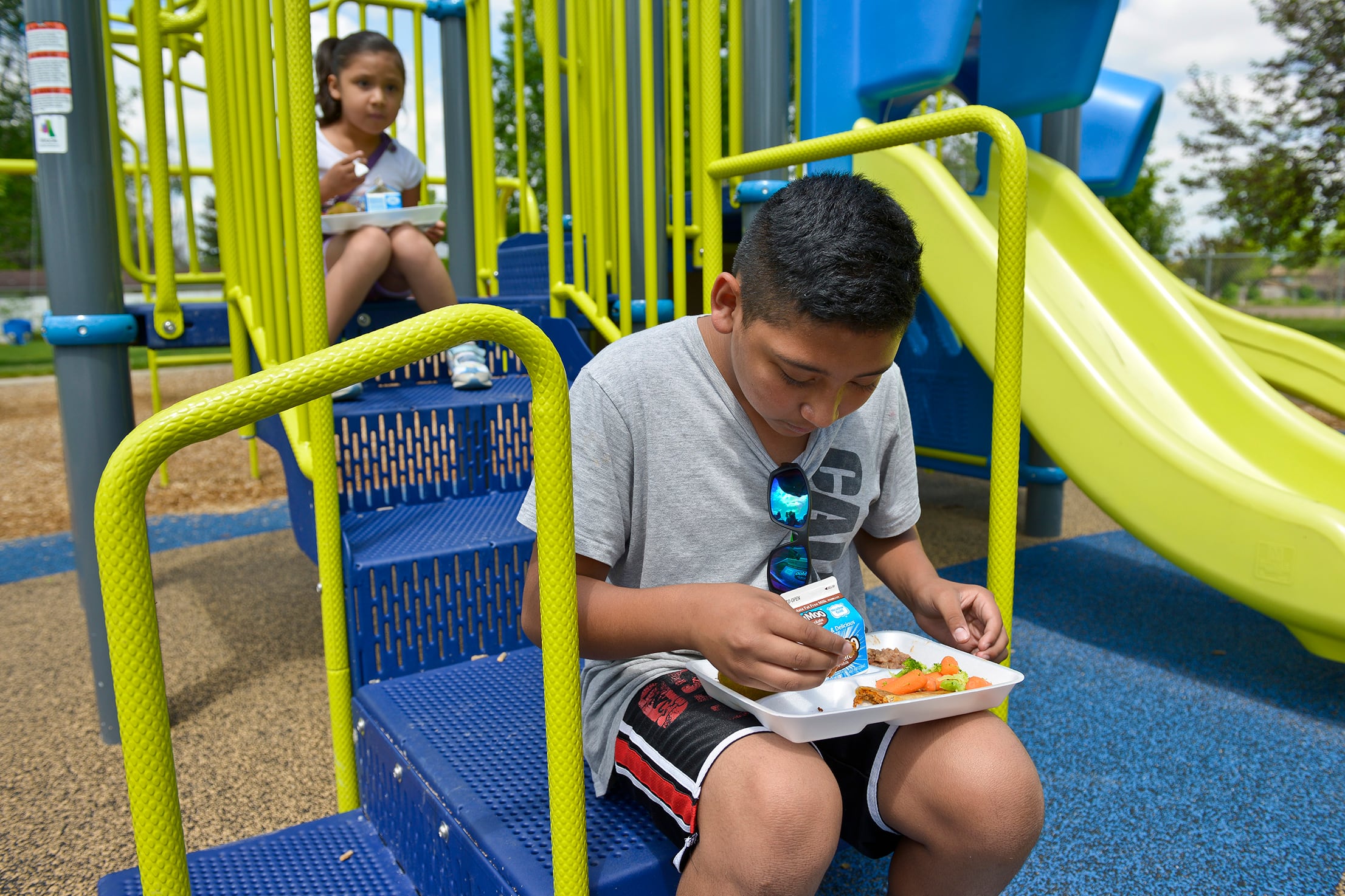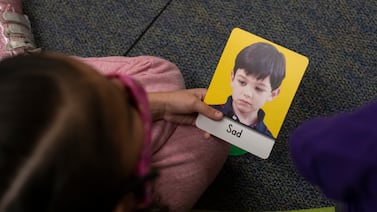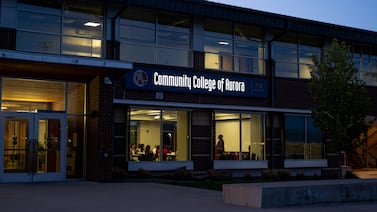Across rural North Dakota, many school districts struggle to staff summer meal programs, and families might live 20 miles from the nearest meal site.
So state officials eagerly got on board when they learned the federal government was launching a permanent summer program that gives low-income families $120 for each of their school-aged children. Families can use the money, which comes loaded on a prepaid card, to buy their own food and cook at home.
“In North Dakota, the summer food service program doesn’t meet the needs of a lot of the students,” said Linda Schloer, who directs child nutrition for the state’s Department of Public Instruction. “For a modest effort both financially and personnel-wise, it just makes sense that we would do whatever we can to try to get the program going as soon as possible.”
States had to tell the federal government by Jan. 1 if they planned to run a Summer EBT program in 2024. As of Wednesday, 35 states said they would. Together they are expected to reach more than 20 million school-aged children — a rare example of a pandemic-era assistance program sticking around after the end of the public health emergency.
But another 9.5 million students who would have been eligible will likely go without after their states declined to participate this year. Some states cited cost and administrative burden, while in others governors balked at accepting federal money.
South Dakota, which serves a similar student population as its neighbor to the north, is among those opting out.
“Federal money often comes with strings attached, and more of it is often not a good thing,” Ian Fury, the chief of communications for Republican Gov. Kristi Noem, wrote in an email. He cited low unemployment, the administrative burden of running the program, and South Dakota’s “robust existing food programs.”
That news came as a disappointment to school leaders like Louie Krogman, the superintendent of the White River School District in South Dakota.
The district serves around 400 students, most of whom are Native American and come from low-income families. The district runs a summer meal program in June, but families are on their own until school starts seven weeks later.
“We do have some families that would have definitely benefited from that additional EBT money,” Krogman said.
Timeline and cost keeps some states from offering Summer EBT this year
Summer EBT will work a little differently depending on the state, but generally states will identify which families qualify for the $120 or more in benefits and either mail out EBT cards for the summer, or load the value onto existing benefit cards. Then families can use that money to buy food at their local grocery store.
The newly permanent program will run similarly to the Pandemic Summer EBT program that operated for the previous three summers, as well as a federal pilot program that tested the concept over the last decade. A 2016 review of that program found that offering these summer benefits reduced child food insecurity and helped kids eat more fresh fruits and vegetables.
The extra money is coming at a much-needed time, said Kelsey Boone of the Food Research & Action Center, a nonprofit that advocates for anti-hunger policies, including Summer EBT.
“In the last year, a lot of the boosts to SNAP benefits ended,” Boone said, referring to the temporary pandemic-era increases to the federal Supplemental Nutrition Assistance Program, which ended last spring. Summer EBT “can help offset those cuts,” she said, “especially at a time when food prices are so high.”
In declining to participate, Georgia and Nebraska pointed to their states’ existing summer food programs, while Mississippi said it did not have the funding or staff capacity to run the program. During the pandemic, the federal government covered the full cost of the benefits and running the Summer EBT program, but now states have to split the administrative costs.
Texas said it wasn’t feasible to participate because the final rules and guidance for the program came just days before states had to tell the federal government if they’d be opting in. The state also needs additional funding from the state legislature to run the program, a spokesperson for the state’s health and human services department wrote in an email.
Vermont, too, said the state is working to secure funding and put the necessary IT systems in place. “The goal is to be able to offer this important summer nutrition benefit for eligible children starting in the summer of 2025,” a spokesperson for Vermont’s Department for Children and Families wrote in an email.
Still, in several Republican-led states, the program seemed to get caught in a longstanding political debate over whether the government should provide more publicly funded benefits to families — a debate that’s also raged over whether states should provide free school meals to all students.
Iowa’s Republican Gov. Kim Reynolds, for example, issued a statement saying her state opposed participating in Summer EBT because the program didn’t have tight enough restrictions on what foods families could buy and it would cost the state $2.2 million to run — though Iowa students were in line to receive around $29 million in food benefits and the program follows the same nutrition requirements as SNAP.
“Federal COVID-era cash benefit programs are not sustainable and don’t provide long-term solutions for the issues impacting children and families,” Reynolds said. “An EBT card does nothing to promote nutrition at a time when childhood obesity has become an epidemic.”
In Oklahoma, Republican Gov. Kevin Stitt cited concerns about the program not being “fully vetted.” He also said that it would help relatively few children — though an estimated 403,000 school-aged children would qualify for food benefits in his state.
Three of Oklahoma’s largest Native American tribes are stepping in to run Summer EBT programs on their reservations, an effort that could reach at least 50,000 children.
Florida said it opted out of participating because it already had summer food programs and didn’t want to follow additional federal rules.
“We anticipate that our state’s full approach to serving children will continue to be successful this year without any additional federal programs that inherently always come with some federal strings attached,” Miguel Nevarez, a spokesperson for the Florida Department of Children and Families wrote in an email.
But Sky Beard, the Florida director for No Kid Hungry, an initiative of the nonprofit Share Our Strength that advocated for Summer EBT, sees a big need for the additional summer benefits.
Her organization conducted a poll last year that found around a quarter of parents of school-aged children worried their households wouldn’t have enough to eat.
“There are summer meal sites available throughout the state, but there are real challenges with families accessing those,” she said. Existing programs “just don’t reach all children that participate in school meal programs over the school year.”
Some Republican-led states are embracing the program. Arkansas Gov. Sarah Huckabee Sanders, for example, issued an enthusiastic statement about her state’s participation in the anti-hunger program.
“We are leveraging every resource at our disposal to fight this crisis, and Summer EBT promises to be an important new tool to give Arkansas children the food and nutrition they need,” she said.
For now, many states are already working to get Summer EBT up and running by the time school lets out in a few months.
In North Dakota, Schloer is focused on making sure the state has up-to-date addresses for eligible students so families can get their EBT cards in the mail.
The state is preparing to send out lots of emails and texts to families, too, to make sure they know about the new program, and whether they might need to fill out some paperwork to get their benefits.
“If we can get a message on that smartphone and from a reliable source, we’re hoping that they will read it,” Schloer said. Schools, too, can play a part by making sure families know: “It’s legitimate, please pay attention!”
Kalyn Belsha is a senior national education reporter based in Chicago. Contact her at kbelsha@chalkbeat.org.






